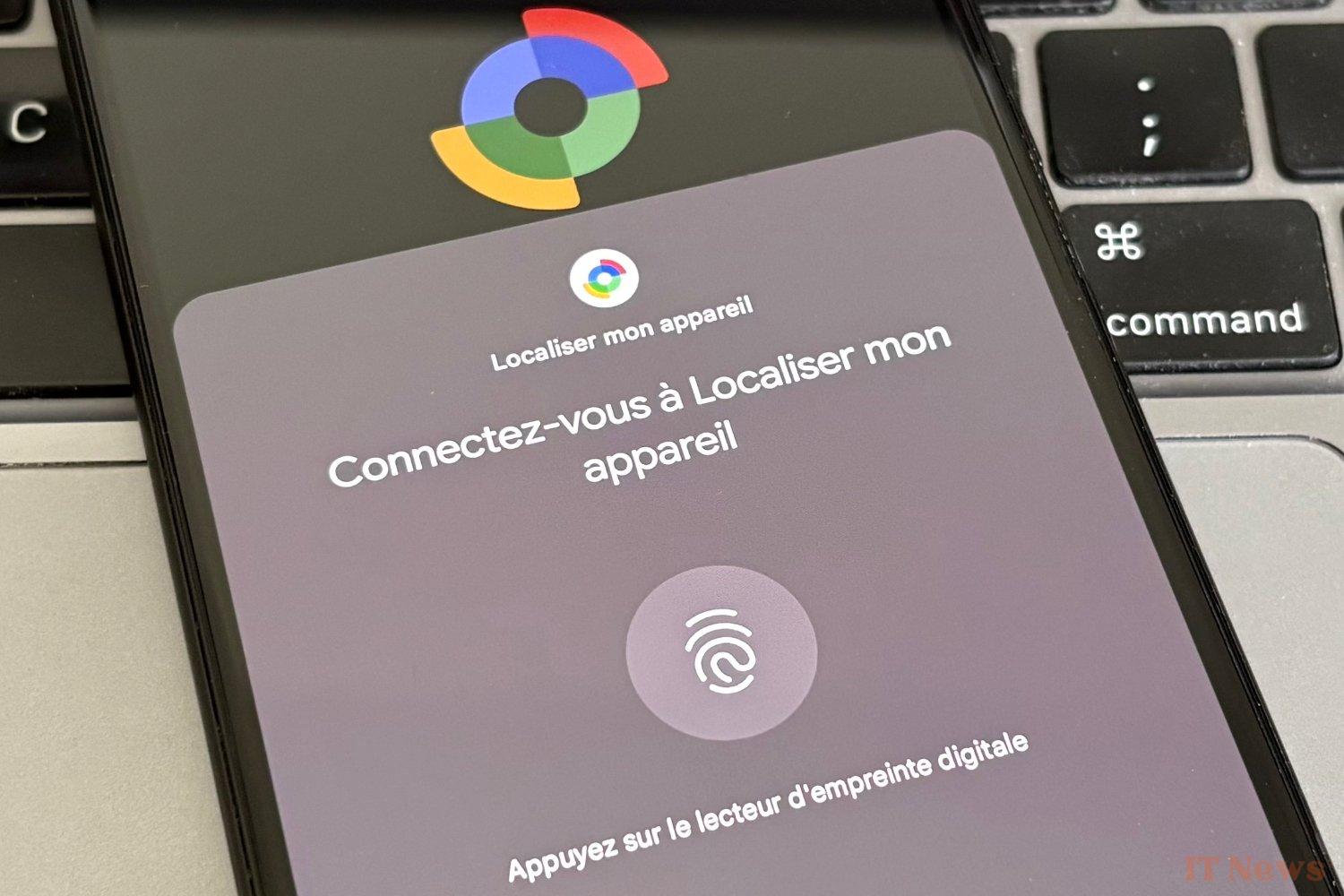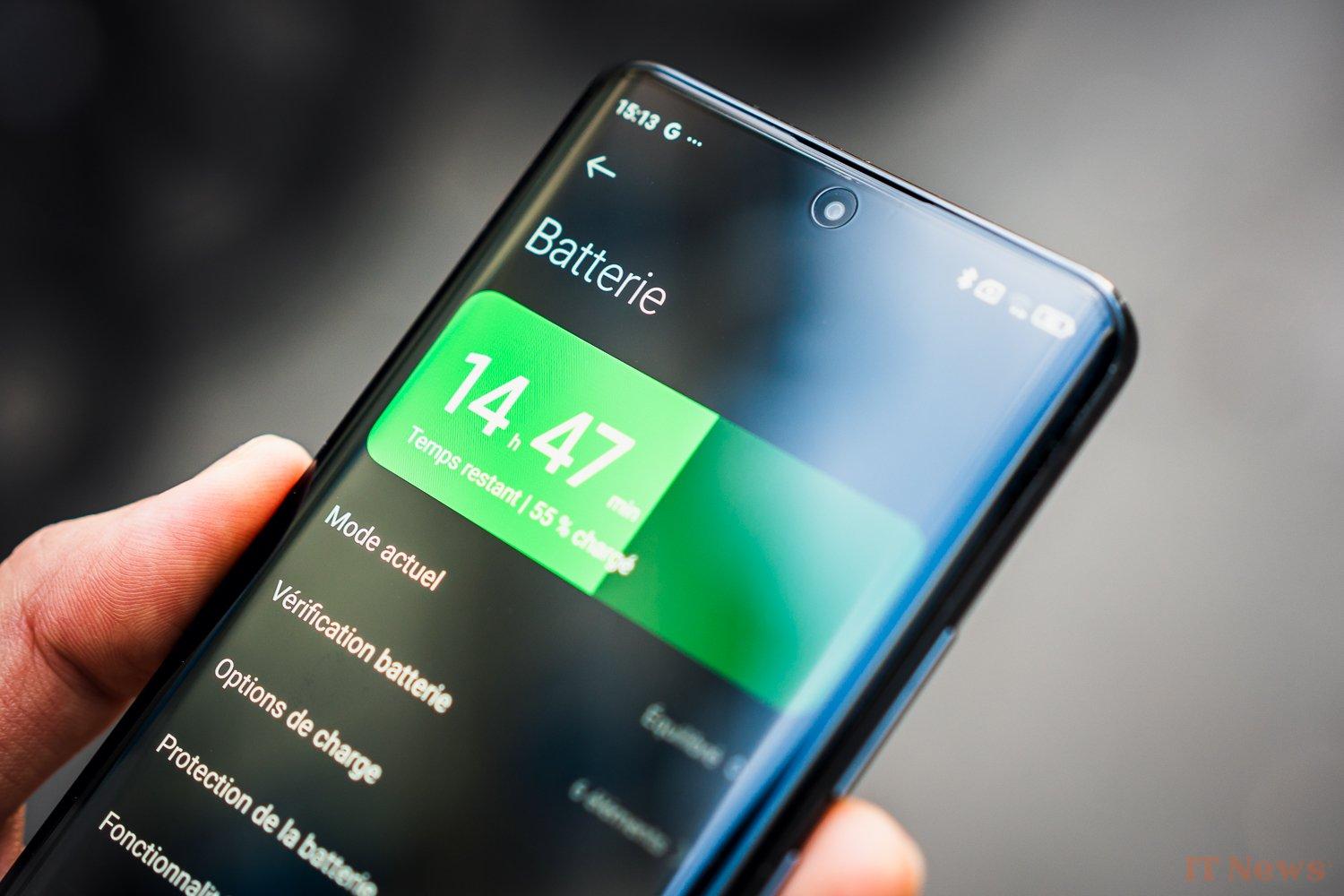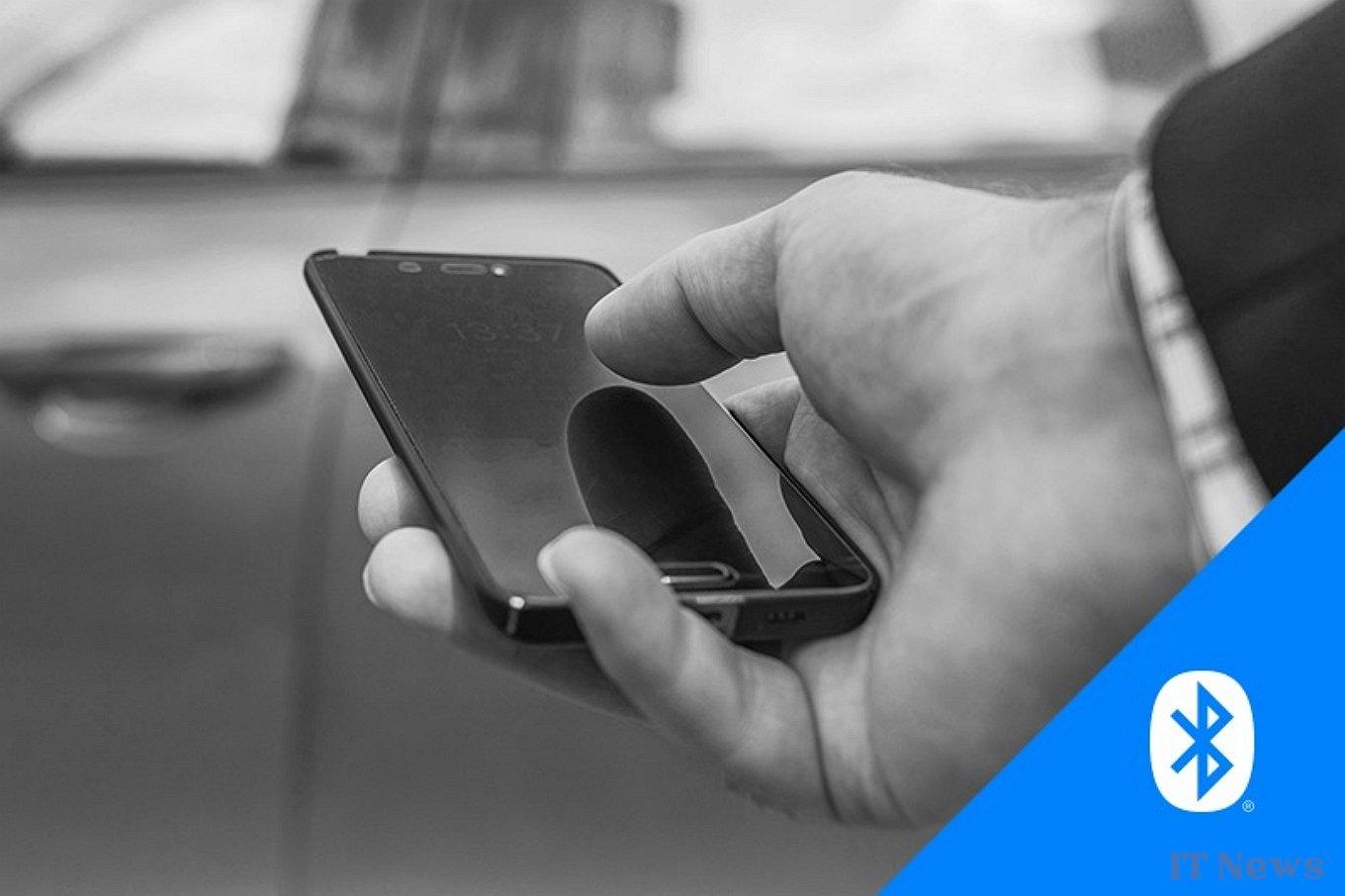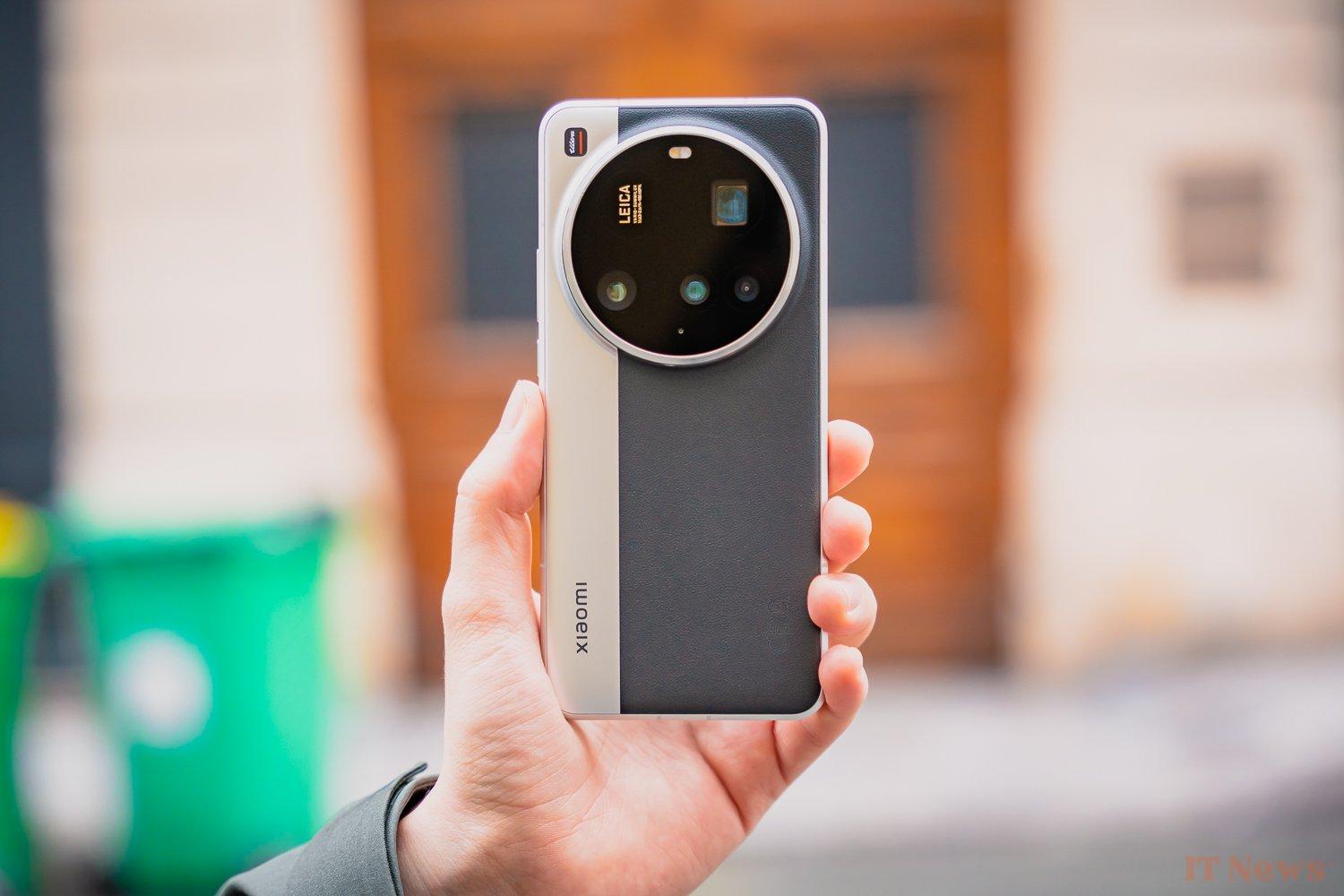Bluetooth is a short-range wireless communication technology, invented in 1994, that allows electronic devices (smartphones, headphones, sensors, etc.) to exchange data or transmit audio wirelessly. Think of it as a universal language that your devices use to "talk" to each other within a few meters of each other.
Since its inception, this technology has undergone several revolutions: Bluetooth 4.0 (2010) introduced low power consumption for smartwatches, Bluetooth 5.0 (2016) improved range and speed for speakers. Today, Bluetooth 6.0, officially announced on September 3, 2025 by the Bluetooth Special Interest Group (SIG), marks a new step towards meeting the challenges of the future.
What is Bluetooth 6.0?
But why do we need a new generation of Bluetooth? Like any technology, Bluetooth must constantly adapt to meet the growing needs of our connected world. With the explosion of the Internet of Things (IoT) and the proliferation of smart devices, the demands for performance, reliability, and security continue to increase.
Our daily lives are now populated by connected objects: the average home contains more than 20 Bluetooth devices (headphones, light bulbs, thermostats, etc.). By 2030, it is estimated that 30 billion Bluetooth devices will be active worldwide. The problem: current standards are reaching their limits. Too many simultaneous connections cause interference, the location of lost objects remains approximate, and the energy consumption of IoT (Internet of Things) devices limits their autonomy. Bluetooth 6.0 addresses these challenges by delivering three major innovations: extreme accuracy, power saving, and enhanced stability.
What's new in Bluetooth 6.0?
Channel Sounding: Precision tracking at your fingertips.
The star of this update is Channel Sounding, a hyper-precise location technology. To understand its usefulness, imagine looking for your lost earbuds under a couch: with previous versions, your phone only indicates whether the device is "nearby." With Bluetooth 6.0, it will guide you directly to the left cushion of the sofa, with an accuracy of a few centimeters.
Channel Sounding uses two clever techniques to achieve this feat:
- Phase-Band-Band (PBR) Measurement: Devices analyze the “waves” of Bluetooth signals on different frequencies. By comparing their offsets, they calculate the exact distance.
- Round-trip time (RTT): An encrypted signal is sent between two devices, which measure the time taken for the round trip. Since the speed of the waves is known, they deduce the distance.
Combining these methods not only provides centimeter-level accuracy, but also strengthens security against potential attacks.
We can imagine being able to find our misplaced earphones with surgical precision or unlock our car only when our phone is in a specific area. We should also expect to see new trackers on the market, as the technology will make it easier to locate our keys, wallets, and other small items.
This technology also opens the door to innovative applications in areas such as augmented reality, where the precise placement of virtual objects in the real world is crucial, or indoor navigation, allowing ultra-precise guidance in large spaces such as shopping centers or airports. Smarter detection of surrounding devices.
Less battery waste, more efficiency
Bluetooth 6.0 addresses an invisible, but crucial, problem: excessive power consumption. For example, a Bluetooth speaker that is constantly searching for devices to connect to sees its battery drain unnecessarily. Two new features address this problem:
- "Advertiser Monitoring"
Think of your smartphone as a security guard monitoring a street. Before, it had to constantly scan all the windows (Bluetooth devices) to see who was there. Now, it keeps a "suspect list" (your favorite devices) and only activates when they appear. The result: huge power savings for smartwatches or medical sensors.
In practical terms, your device will maintain a list of nearby "interesting" Bluetooth devices and receive notifications when these devices enter or leave range. This allows your device to dynamically adjust its scanning frequency, saving power when the targeted devices are not nearby. This feature is particularly useful for devices that need to maintain an intermittent connection, such as smartwatches or fitness trackers.
- "Intelligent Ad Filtering"
When a device searches for another product (e.g., your headphones), it receives "ads" (unique identifiers like MAC addresses or service profiles). Bluetooth 6.0 uses a whitelisting system: your smartphone compares these ads to your already paired or priority devices (e.g., your headphones), and ignores the rest. It's as if your phone learned to recognize only the voices of your friends in a crowd.
This intelligent filtering also reduces power consumption and speeds up device discovery. This smarter approach should allow for faster connection to relevant devices while ignoring those that don't match the search criteria. Temperature or air quality sensors, which run on batteries for years, could gain months of additional battery life. A key asset for smart cities or connected agriculture.
ISOAL improvement: smoother audio and reduced latency
The Isochronous Adaptation Layer (ISOAL) has received a significant upgrade in Bluetooth 6.0. This improvement promises more efficient transmission of large data frames, such as audio streams. The new dithering mode reduces latency, which is crucial for time-sensitive applications like gaming or video playback.
Thanks to the reduction in latency to just a few milliseconds (compared to 40 ms for Bluetooth 5.0), gamers will enjoy crystal-clear sound almost perfectly synchronous with the image. For comparison, the delay is now 6 times shorter than a human blink (100 ms on average). On the other hand, for music, a latency of less than 150 ms is already imperceptible. The improvement mainly benefits real-time applications (video calls, games) or even virtual and augmented reality, where reduced latency is essential to avoid motion sickness and ensure a smooth immersive experience.
Who decides the content of Bluetooth standards?
Bluetooth is not the invention of a single company, but the fruit of an industrial consortium, the Bluetooth Special Interest Group (SIG). Founded in 1998 by Ericsson, IBM, Intel, Nokia, and Toshiba, it now has more than 36,000 members (Apple, Samsung, Sony, etc.).
Its operation is similar to that of other standards such as USB-IF (for USB) or the Wi-Fi Alliance:
- Technical working groups propose innovations
- Members vote to integrate them into the standard
- Manufacturers pay a license to use it (several tens of thousands of euros per year for a major brand)
This collective governance explains why Bluetooth evolves gradually: each update must meet the needs of chipmakers, tech giants, and consumers alike. The benefit of such an organization is simple: rather than each company developing its own standard, companies agree on the same standard.
When will the first Bluetooth 6.0-compatible devices arrive?
You won't have to wait long before seeing the first Bluetooth 6.0-compatible devices arrive, as some are already on the market. In fact, Xiaomi launched the Xiaomi 15 and 15 Ultra, two high-end smartphones, at the beginning of 2025, which already support the new standard. Other phones should quickly adopt it by the end of the year.
But the problem is that there are currently no other compatible devices besides smartphones. The Xiaomi Buds 5 Pro, launched at the same time as the Xiaomi 15, are limited to Bluetooth 5.4. Even the next high-end Sony WH-1000XM6 headphones, which should arrive in 2025, will stop at Bluetooth 5.3.
It seems we will have to wait longer before seeing Bluetooth 6.0 arrive on headphones, speakers, or even connected cars. The technology will then be adopted by other consumer IoT devices such as light bulbs or sensors in the coming years. If you are in the purchasing phase and wondering if it is important to get a device with Bluetooth 6.0, it is not yet a key purchasing criterion in our eyes. This ensures that you are easily ready for the future of technology.
Because yes, Bluetooth 6.0 is not just a "better Bluetooth 5.0." It's a technological leap that meets the needs of a hyper-connected world: object tracking, smart cities, virtual and augmented reality... These improvements are certainly very technical, but should greatly improve our user experience with compatible Bluetooth devices.
Short summary
In summary, Bluetooth 6.0 brings three major advances:
- Precise location to find your lost items
- Extended battery life thanks to intelligent connection management
- Responsive sound for gaming and virtual reality
At this stage, Bluetooth 6.0 remains a "future proof" argument rather than a necessity. The Xiaomi 15 probably adopted it first to stand out by securing a license from Qualcomm, but consumer uses will emerge later. There's not much point in rushing to upgrade your smartphone right now, unless you want to be future-proof.








0 Comments